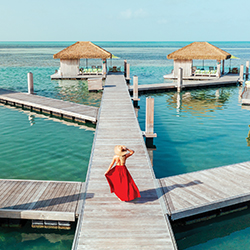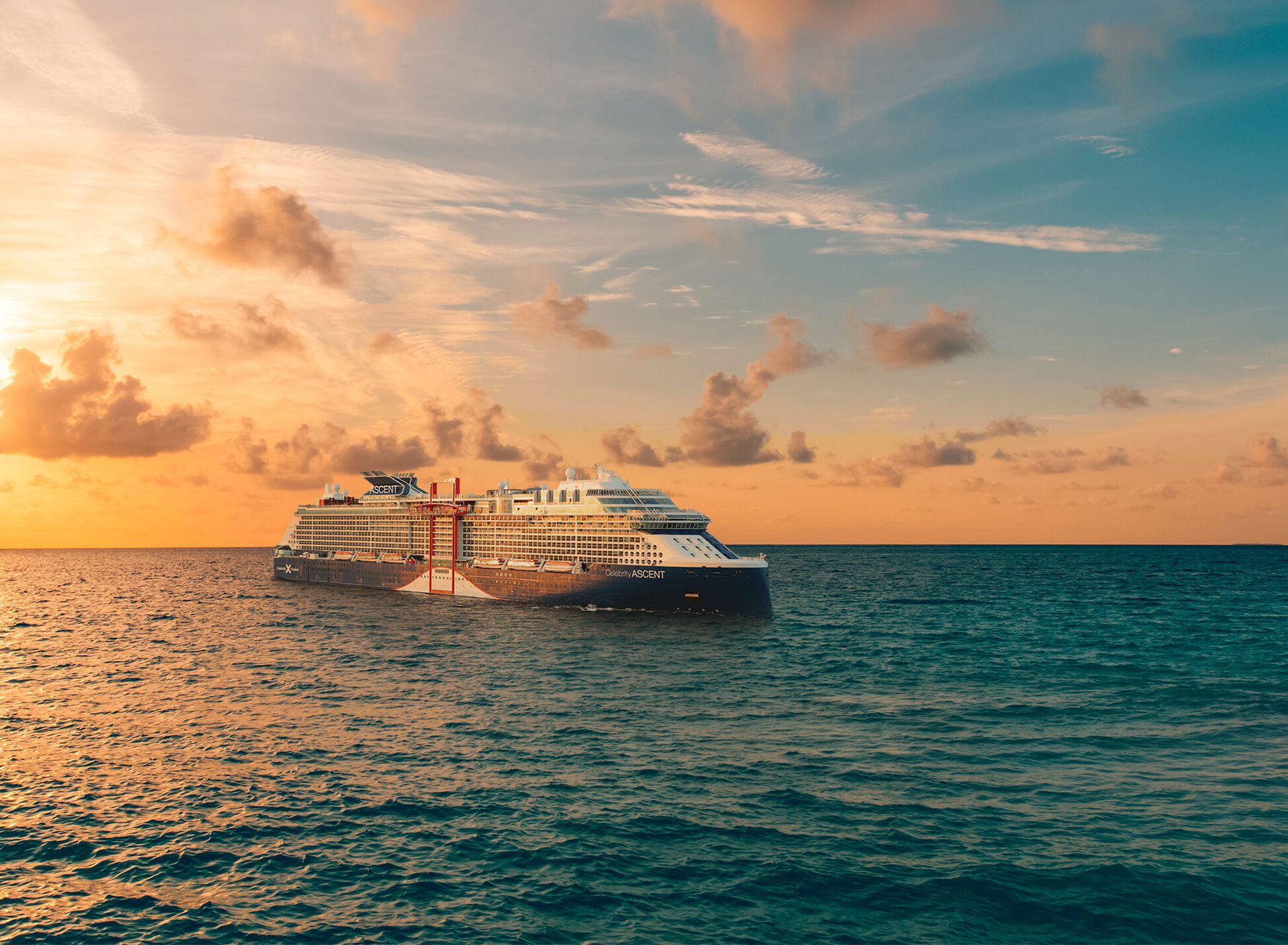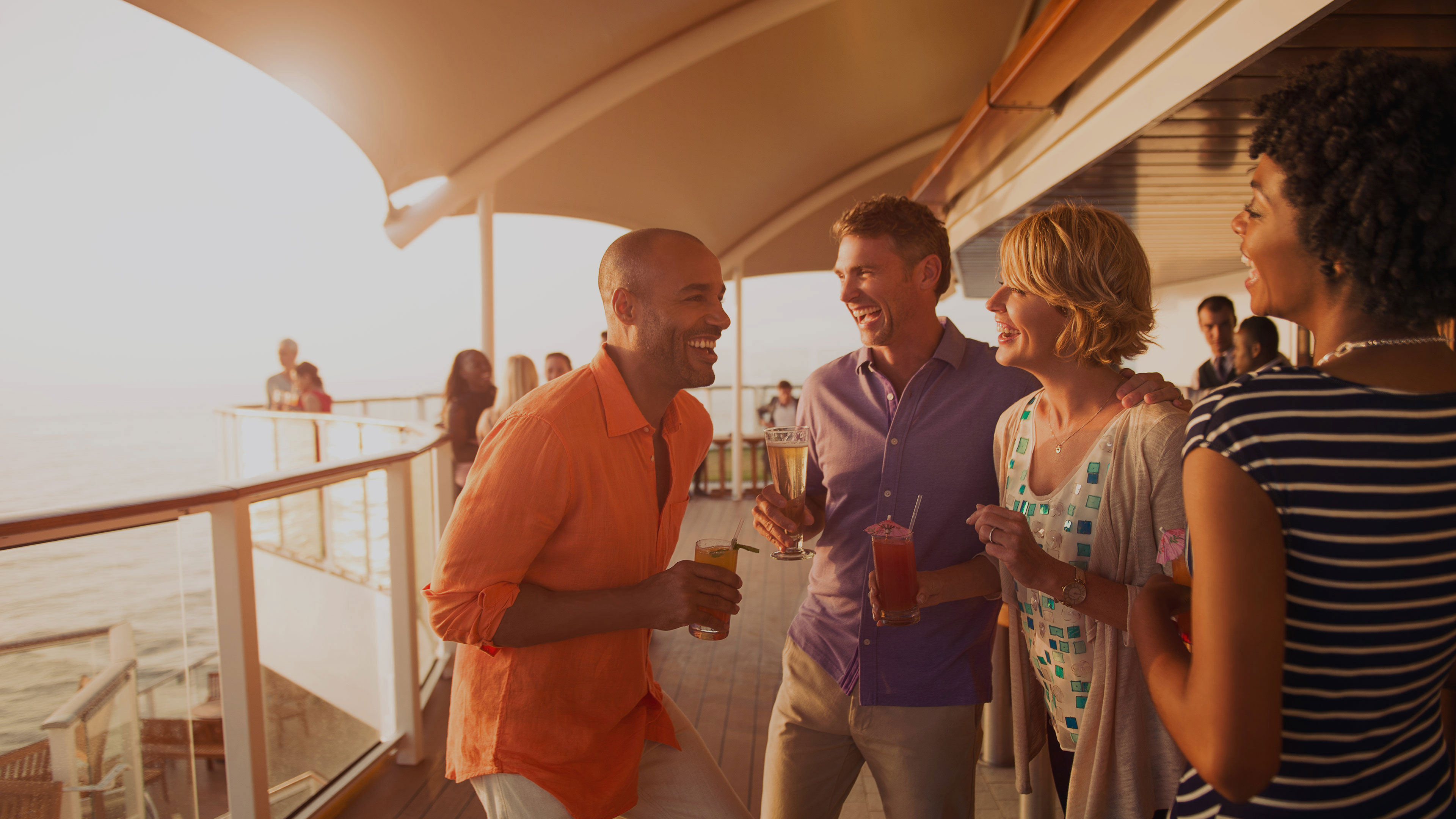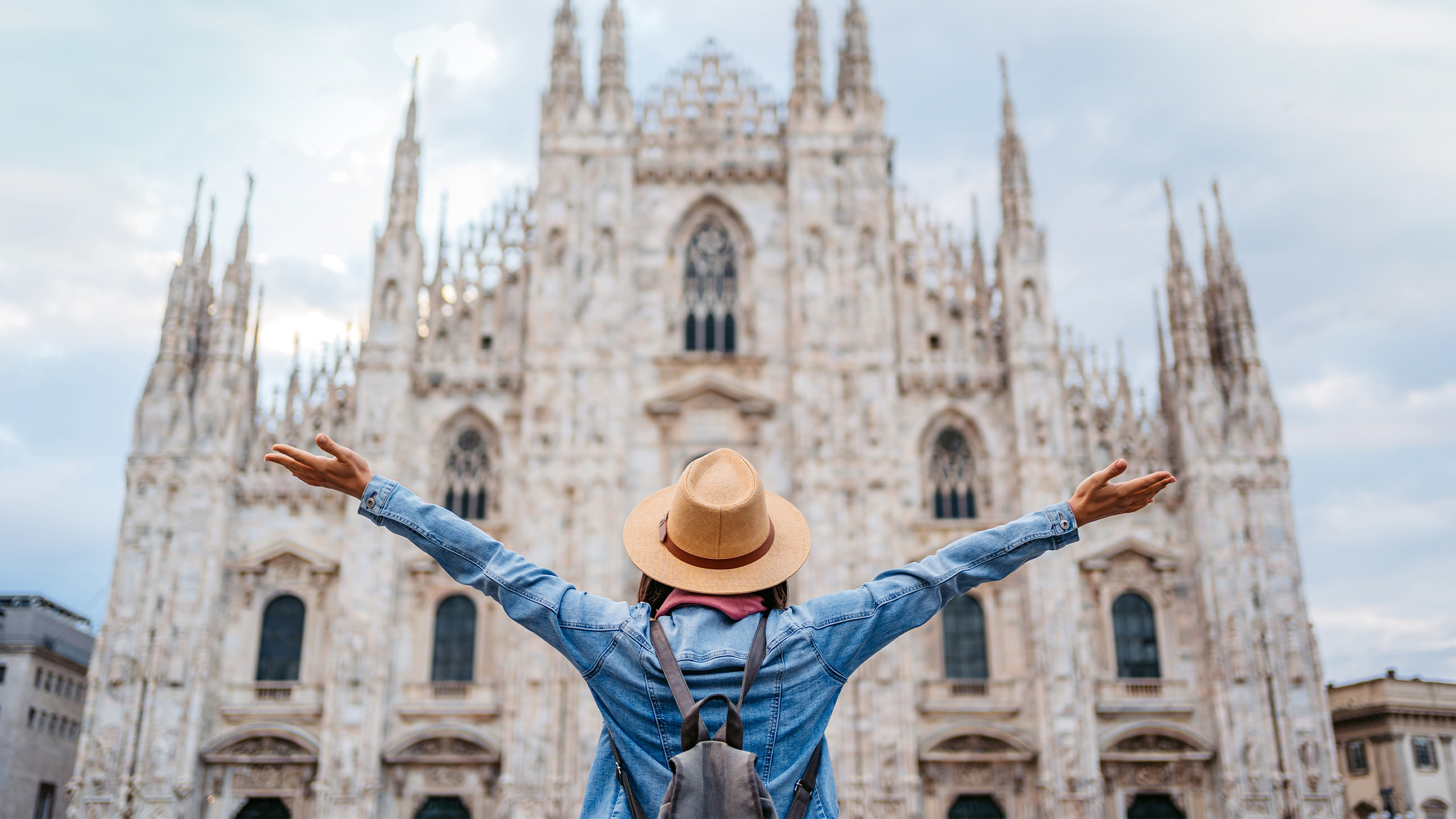Already booked? Sign in or create an account
-
Explore Destinations
-
Our Ships
-
Ships
- 360° Virtual Tours
- Celebrity Apex® NEW
- Celebrity Ascent℠ COMING SOON
- Celebrity Beyond℠ NEW
- Celebrity Constellation®
- Celebrity Edge®
- Celebrity Eclipse®
- Celebrity Equinox®
- Celebrity Infinity®
- Celebrity Millennium®
- Celebrity Reflection®
- Celebrity Silhouette®
- Celebrity Solstice®
- Celebrity Summit®
- Explore Edge Series
Galapagos Expedition Series
-
The Retreat®– Suites
- Accommodations
- Things To Do
-
Ships
-
Discover Cruising
-
Offers



